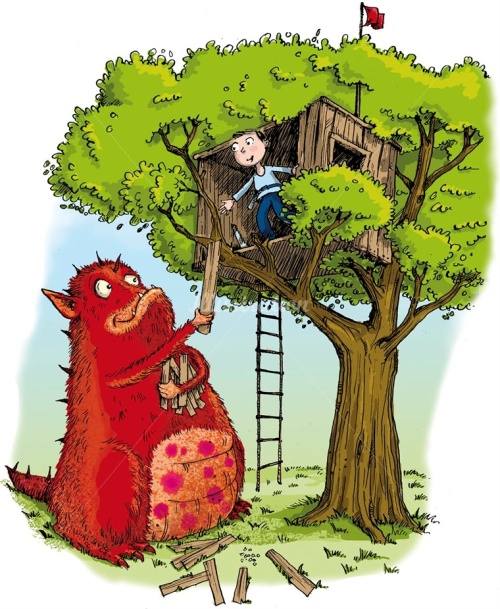 Sholta Walker was trained and graduated as a painter in 1988 and since 1995 he has worked professionally as a full-time artist and illustrator.
Sholta Walker was trained and graduated as a painter in 1988 and since 1995 he has worked professionally as a full-time artist and illustrator.
The great majority of his work has been for children, with clients across the World, including Harper Collins, Random House, Egmont, Annick Press, The BBC, Macmillan and Oxford University Press.
Most of the illustrations you see here combine digital techniques with more traditional skills and media. He uses vigourous ink line work, which is usually digitally coloured and enhanced. This has given him an opportunity to produce illustrations for my clients which give great scope for expressing ideas.
Some of the work shown here is also available as limited edition
prints.
His published books include Long Grey Norris, King Arthur, Bug Wars and The Beastly Beast.., a compendium of short stories by author Garth Nix. I have recently completed work for a book by Michal Kozlowski called Louis, the Tiger Who Came From the Sea.
Here is Sholta discussing his process:
Creating ‘Bug!’ and Brer Fox
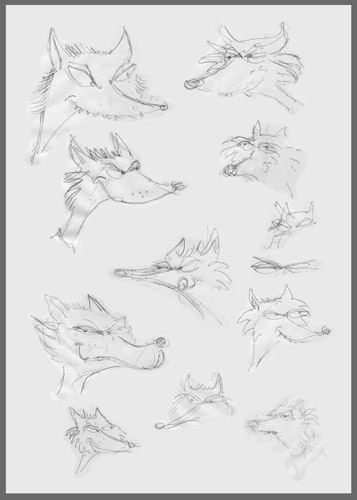
I made these drawings a few years ago. Both at the time were fairly experimental, but borrowed heavily from methods I was already regularly using. Brer Fox was a character I was asked to develop along with his nemesis Brer Rabbit, for a UK publisher. Bug! I made when I worked briefly with an animator-friend while he was working on his Masters Degree in animation.
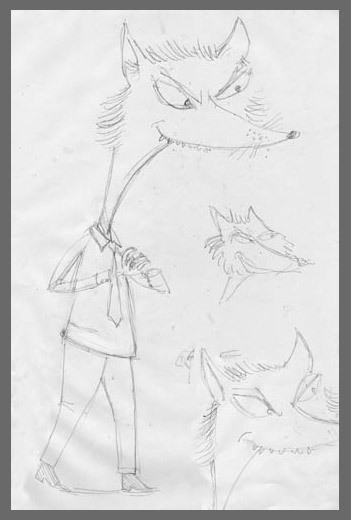
The picture always begins with a drawing on paper. If I’m working on a character I always rough him or her out in pencil. It usually takes several attempts to create the character I’m after. It’s important to get this stage right. Any decisions made now will set the tone for the whole image and are likely to remain with you to the end of the project. The drawing process helps inform the image you have in your head, which then feeds back to your drawing. At its best this busy two-way street of drawing and imagining is a marvelously efficient creative process.

When I have the character I want, I either trace it through a lightbox or work directly over the top in Indian ink with a dip-pen. The type of commission will dictate how free and expressive I am with the pen. In the case of Brer Fox particularly, I was trying to work very freely. One way I do this is to create all the initial pencil sketches as quickly as I can. When I find the drawing I like I then reproduce it by drawing over the top with my pen at a similar speed. This gives the drawing energy and enables me to exploit the naturally temperamental nature of a traditional drawing nib when it’s loaded with ink.
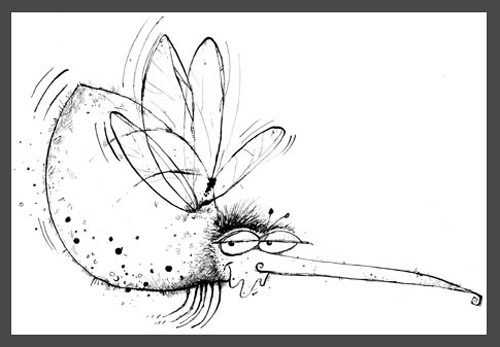
While still fairly loose, Bug! was a little more considered. Also, I created the bug character and his background as two separate drawings and combined them in Photoshop later.
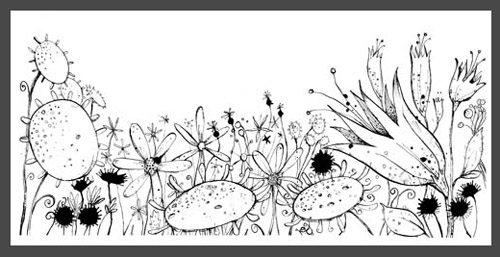
Once the ink is completely dry, any pencil marks are erased and the drawing is scanned and opened in Photoshop. The ink line now has to be separated from the the paper surface. To help improve definition I usually increase the contrast before selecting out the black lines in one piece. The drawing part of the scan is then pasted into a new document, creating a new layer over a white background layer. The original scan is now discarded. At this stage I take the opportunity to have a good look at the image and to erase any dust specks and unwanted ink spots that were picked up in the selection. I may also make any adjustments or small additions to the drawing using Photoshop’s pencil and brush tools. Finally I ‘multiply’ the layer to prevent any whitening of the pixels in the final artwork. Because I like the honesty of a hand made ink drawing I make no further digital enhancements to it.


In the case of Bug!, the character’s colour was created in Illustrator. I imported the line drawing (without the garden) into Illustrator, then, on a new layer, between the white background and the drawing layer, I put in the colour in a series of simple, fairly roughly drawn shapes. In more complex images I may create the colours on several layers, but on a simple image like this, one colour layer is sufficient. Brer Fox was slightly different. He stayed in Photoshop because in this case I didn’t want the flatter look that Illustrator tends to give my drawings. The layering technique however is identical, with the basic under-painting on the figure created using the lasso tool to make a shape into which I drop the colour. Further painting, shading and colour were then added with various brush tools. A basic background layer is also quickly rendered at this stage.
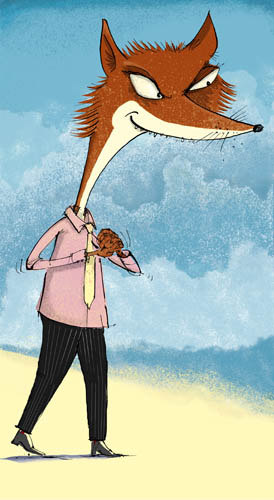

To create the textures in Brer Fox I went back to paper and ink. All the effects in this image are made using either ink applied through a mouth diffuser, (a simple breath-powered spraying device) or from an old toothbrush. The results are then scanned and separated out as in the original drawings. They are then collaged into the artwork, each on a separate layer. For Brer Fox I also experimented with some scans of torn paper. With Bug!, only the garden received this treatment. Once colouring of the insect character was complete in Illustrator, I returned him to Photoshop and combined him with the garden scene that I had drawn and coloured separately in Photoshop using the textures I made in a similar way to those previously described.

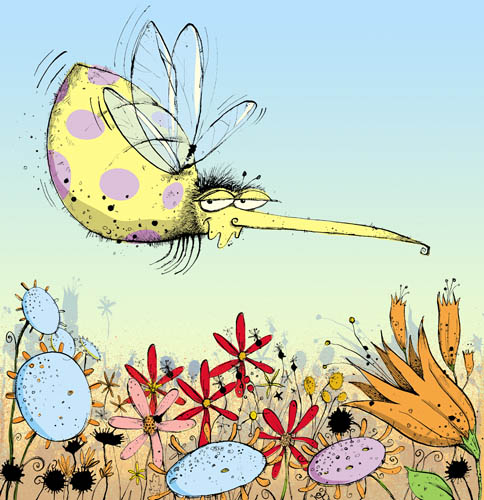
Finally, I added any extra bits and spent some time continuing to tweak the drawing. Some layers are switched off or discarded and occasionally some basic effects are added as in Brer Fox’s drop shadow. I’ll often go back at this stage and draw some new elements (extra flowers maybe) that I think might further improve the image. These will then be scanned and added to the drawing, colouring them up as necessary. A key feature of much of my work is that the process remains very fluid right up to its completion.
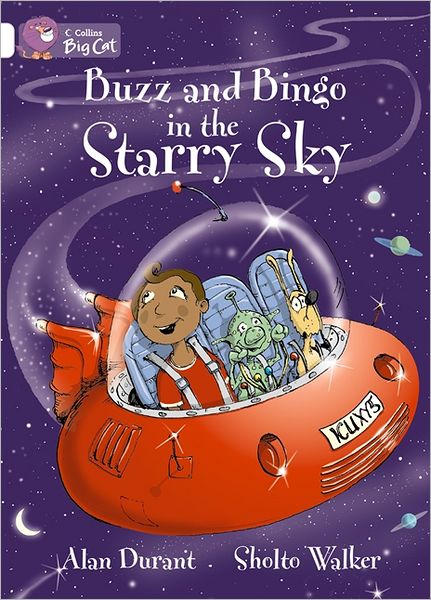
How long have you been illustrating?
Full-time, around twenty years. I spent a few years before that working part time on occasional commissions that came my way.

What made you choose to you study art at Cheltenham College of Art in London?
That’s Cheltenham College of Art in Cheltenham, England. Cheltenham is a large town about one hundred miles West of London. I had a bit of a shaky start in fact. In England, most visual arts degrees begin with a year-long Foundation Course, which most students are expected to complete, usually at a different college, before beginning their three-year degree proper. My foundation year was very enjoyable and successful, but I left still unsure in which direction I was going to take my art. Eventually I chose Fine Art with a painting specialism, but I think my lack of certainty was picked up during the several interviews I attended at various art colleges and found to the surprise of most people that knew me that I wasn’t offered a place at any of them on the first round. So I got a job and tried again a few months later. I was finally accepted at Cheltenham. I’d like to say this was the college I had my sights on all along; that I had studied the work of the tutors and lecturers there; that I was drawn to the verdant Cotswold Hills that rise majestically above the town, but none of that would be true. Nope. It turned out they were the only college that would have me.
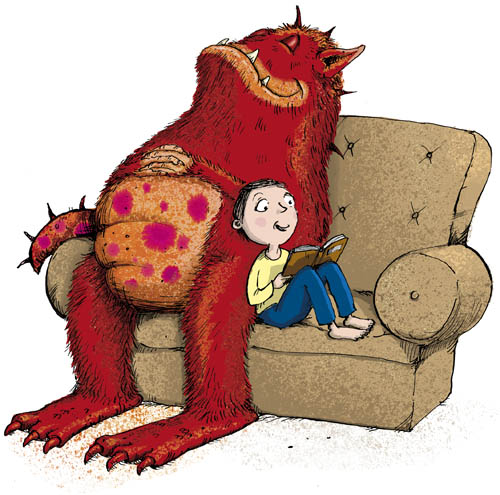
What was the first painting or illustration that you did where someone paid you for your artwork?
I’m not too sure, but I think it was probably a tiny drawing for one of those classified small ads you see in the back of newspapers. It was around 1986.
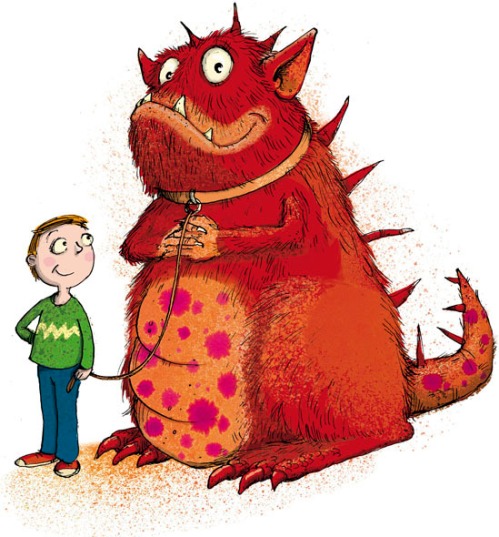
What type of job did you do right after you graduated?
When I graduated I had no idea what to do. Looking back I think plenty of ex-students, particularly with art degrees find themselves in a similar situation. I’m not sure how it is now, but there was absolutely zero consideration given by the colleges as to what their students would do when they left. I don’t think this is necessarily a bad thing because fine art courses should not be job-training courses. So when I left I discovered two things pretty quickly: first, I needed to earn some money and second, degrees in Painting do not make you very employable. I was no longer comfortable at home, so I moved to London where most British students seem to pitch up after graduating. I worked briefly at the famous Cornelissen and Son art shop near the British Museum. The shop’s been trading since 1855 and has and still does supply materials to some of the greatest names in British Art. Then I bought a bike and spent a year as a bicycle courier, risking life and limb on the London streets.
How did you decide you wanted to go into the freelance art business?
After a year or two of struggling to pay my way in London, I thought I needed to make a decision. As a child, making pictures was always something I enjoyed doing and was good at. My degree had pointed me towards traditional oil painting but at that time I could see no way that I was going to be making oil paintings for a living. It was a very slow start. My dad was publishing a music magazine at the time and he managed to convince the editor (thanks Paul!) to ask me to try illustrating a few things. The jobs were very occasional and fairly straightforward, but it was these simple commissions that really got the ball rolling for me. I continued working in various low-paid jobs, but it was those occasional illustration commissions that gave me a sense of purpose. Doing something I enjoyed while being paid to do it. I decided fairly quickly that this was what I needed to pursue.
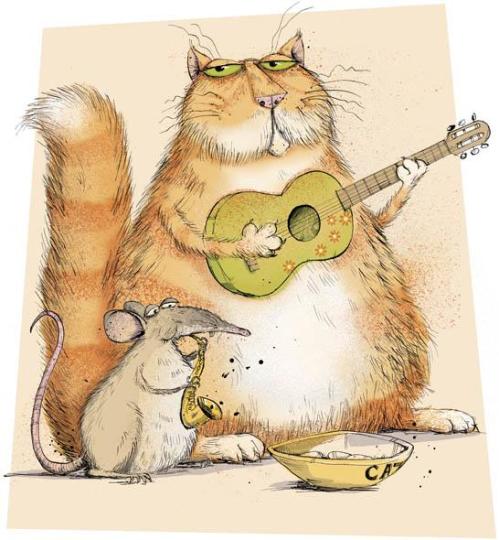
When did you decide you wanted to illustrate for children?
I never decided, my work seems to lend itself to that. When I began as an illustrator I just drew stuff. I had no idea what the illustration business was like and never gave a thought to the idea that illustration could be classified into ‘types’. After my degree, my first portfolio consisted mainly of miniature versions of what I had been producing at art college. Many were very dark and introspective, typical art student stuff really. The colours were full of dark reds and blues. Lots of angst. I was still somewhere between a painter and an illustrator. All my techniques were from three years’ training as a painter working in oils on canvas, so as an illustrator I really had to start from scratch. That meant finding new materials and methods that suited my approach and were practical. As my work developed, much of it became brighter and I found I could express and develop in my work a kind of knowing humour and a sense of the absurd that I have always enjoyed and has always been a part of my character I think. Adults seem to like this at least as much as their children and it appears in most of my best work. I think that this has always been there in my work even during my student days, but as I’ve evolved as a working illustrator I’ve learned to refine it and make it more accessible.
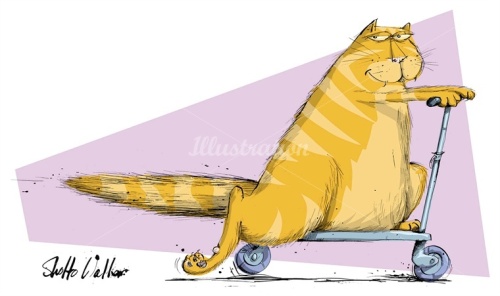
How did you get the job to illustrate Buzz and Bingo in the Starry Sky with HarperCollins?
Wow, that one was quite a while ago. It came through my agent. In fact, now I think of it, it was probably the first full book commission I had with Harper Collins. I think it was also the first book I illustrated digitally. It was actually part of a series for young readers and as far as I’m aware has been very popular in British schools. I have met several parents over the years that know me by name and then realize their son and daughter is learning to read with one of my books. It’s always nice when that happens. My sister lives in Spain and she called me one day to say that her daughter was reading a book I had illustrated as part of her reading program. That was perfect because I had included a dedication to her and her brothers on the title page. I think my sister cried.

Have you done any other books with HarperCollins?
Yes several. At least four or five.
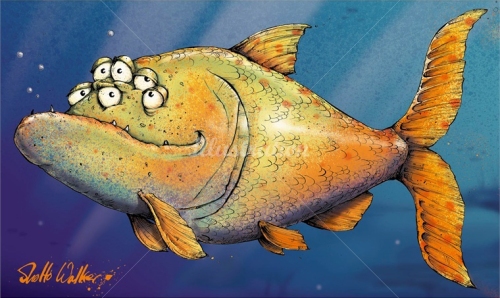
What was the first picture book that you illustrated? And how did that contract come your way?
My first picture book was probably one of the Buzz and Bingo series. I had illustrated a few books before that, but they were more for slightly older readers, so they weren’t strictly speaking ‘picture books’. I had worked on other commissions for Harper Collins prior to Buzz and Bingo so I had built up a bit of a track record. I often think that is, at least in part, how it works. Once a client is happy you can make a deadline, you are professional and reliable and assuming they like what you do of course, you are likely to be asked to take on bigger projects.
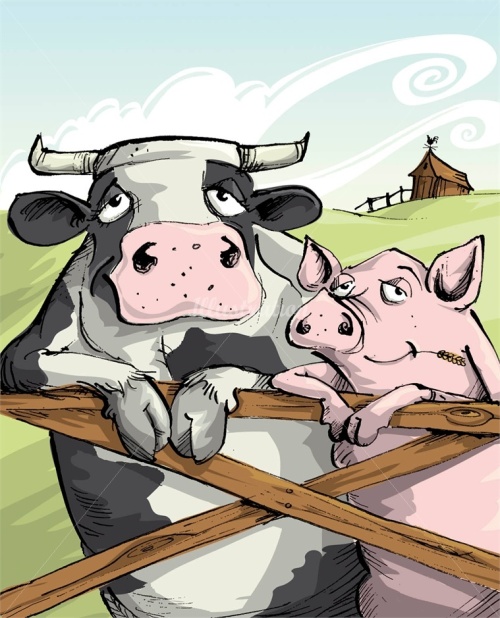
How many books have you illustrated?
Well, if you mean both part books and as full cover-to-cover commissions, then the answer’s probably hundreds. If you mean whole books, then probably around thirty.
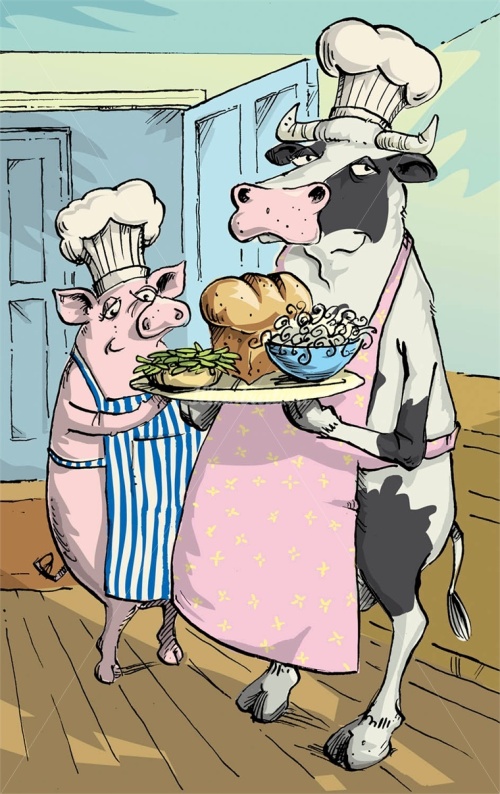
Before you had an Art Rep., what did you do to help connect with art directors and editors and find illustration work?
It was a long and painful process. Once I had set my mind to being a professional illustrator I knew I needed to start building a portfolio to show round. I put together about fifteen drawings that included several of the commissions I had been picking up as well as some of my own work. One idea I had was to buy a few magazines and find articles in them that I felt I could illustrate. If they were successful I would then include them in the portfolio. The next step was to travel to London from Bath where I was by then living and show my work around. In those days, before the internet and online portfolios, this was the only way to do it. I must have spent a fortune on fares, not to mention postage for all the mail shots I made. I picked up very little direct work from all this effort and expense, but I don’t regret it at all because I really got to see what it was I needed to do while showing me what the publishing, design and advertising world outside my studio really looked like. I also still remember to this day some of the dozens of busy art directors and designers I saw who, almost to a person, patiently leafed through my portfolio and usually sent me away with some valuable words of advice. Anyway, I did that for a year or so until I decided it was time to reassess the situation. It was then I turned my mind to getting an agent. I thought if I found the right one, they would do all that work for me.

How did you connect to your artist agency, Illustrationsweb.com? How long have they been representing you?
Yet another trip to London in around 1995 with a list of illustrator’s agents in my pocket finally brought me together with Illustration, which is Illustration USA Inc’s parent company. At that time they lurked up a flight of stairs in a dusty old office in the heart of Soho, West London. They were called Garden Studio then and had been since 1929 when they were first established. It was there I met the excellent Harry Lyon-Smith who took my portfolio away and told me to come back after lunch. When I returned he offered to represent me and that was that.
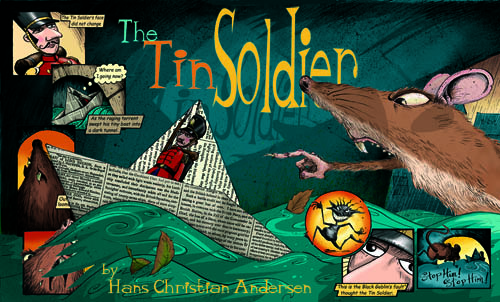
Tell us a little bit about the 200-year-old building in your backyard and the studio you have in there.
I think it was once just a simple stone outbuilding. It was converted to something reasonably habitable about twenty-five years ago and given an electricity and water supply. I’m in Somerset, England, so everything older than about a century is built from stone. The walls are two feet thick, which is normal in old buildings here, but it makes mobile (cell)-phone use next to impossible. If anyone needs to call me at work it’s landline only I’m afraid. Oh, and the roof leaks a bit. I sit beside a window that looks out onto our garden and an apple tree that produces a rare local apple called Ashmead’s Kernal. If you can ignore their gnarled and crusty appearance and take a bite you’ll find they’re incredibly juicy and sweet.
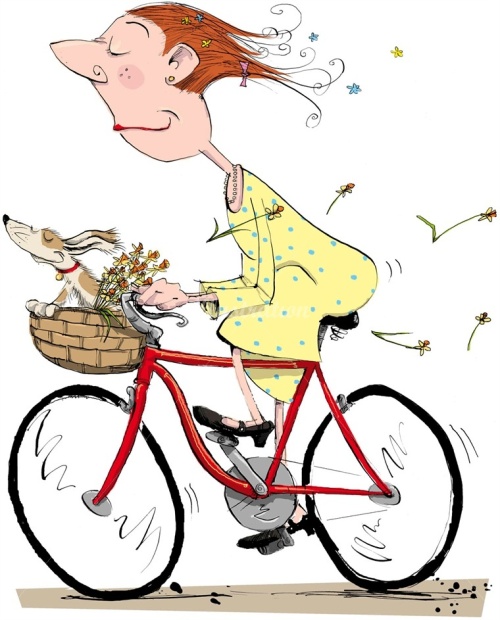
Have you done any illustrating for children’s magazines?
No, not so far.
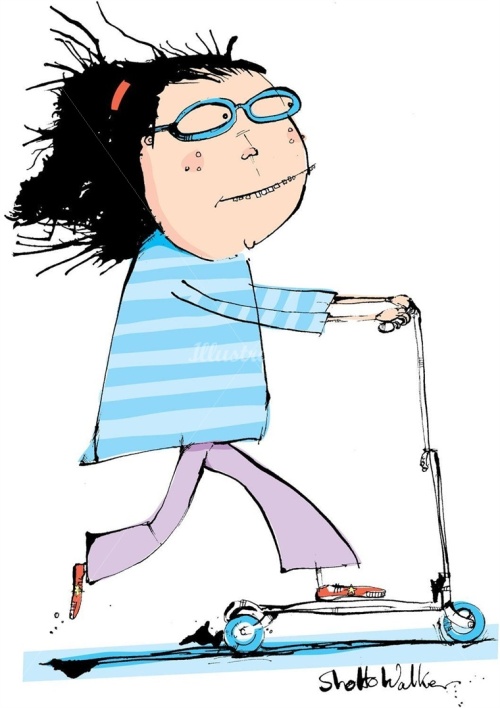
What is your favorite medium to use to do your illustrations?
Dip pen and Indian ink. Then Photoshop and Illustrator.
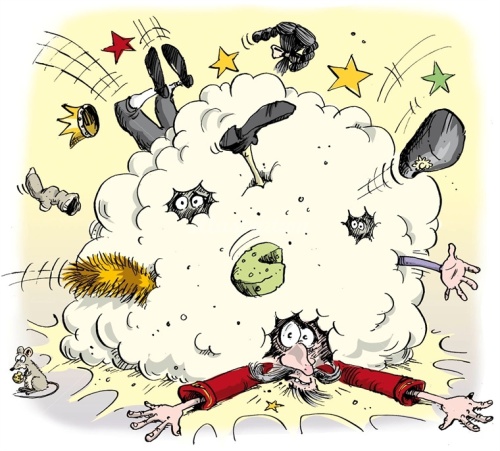
Has that changed over time?
Yes. When I began as an illustrator I developed a way of working that had its beginnings in my pre-art college mid-teens. I would create a pencil drawing that I would render in water-colour and gouache. I would then work over the whole thing in coloured pencil, before putting an ink line drawing on top. This made for beautifully vibrant illustrations, but was hugely labour-intensive. It meant I would often be up all night for even the simplest commissions. I realized this wasn’t sustainable, so in around 2000 I bit the bullet and bought an Apple Mac. Over the next year I figured out a way of working that still retained plenty of me, but was just far more efficient.
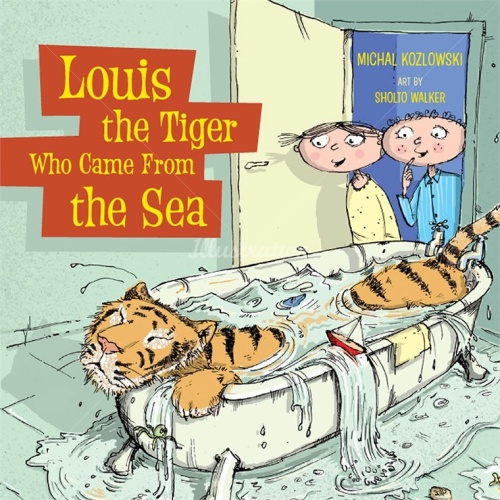
What do you consider is your first big success?
Probably Louis, the Tiger Who Came From the Sea. It’s a difficult question really because I’m very self-critical and I’m usually reluctant to pore over past work too long. I’m always thinking about the next opportunity to get it ‘right.’

How did that come about?
Apparently out of the blue. It’s how all the best work comes. You’re sitting around one day trying to remember how you ended up doing what you do when the ‘phone rings. Or the email arrives, as it usually is these days. In the case of Louis the Tiger, Colleen Macmillan at Annick Press contacted Stacey at my agent’s New York office and offered me the commission. They had seen my portfolio and decided I was the one they wanted to illustrate Michal Kozlowski’s wonderful story. It’s great when that happens.
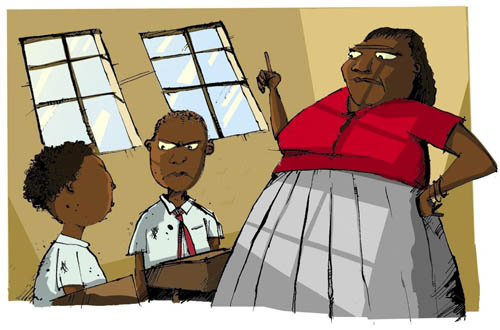
Do you ever want to write and illustrate a picture book?
Yes
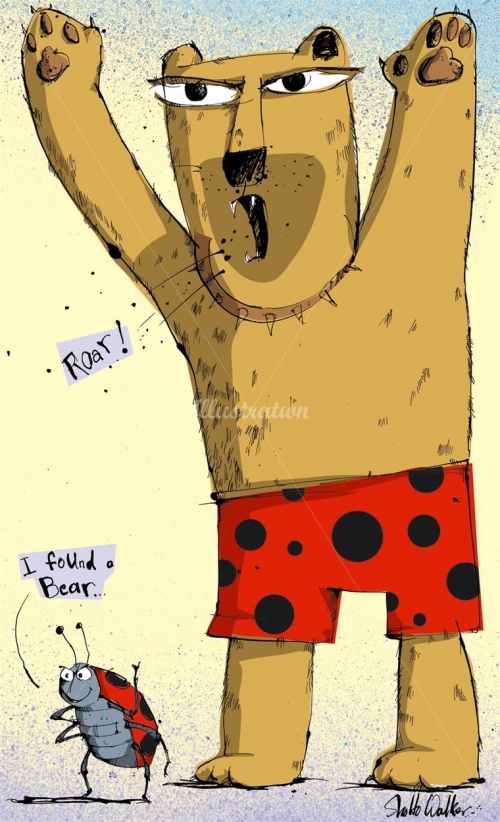
Would you be open to working with an author who wants to self-publish a picture book?
Absolutely. In fact I’ve illustrated a few of these already. Initially I was quite wary of working with self-publishing projects because commissions like these can lack structure and any real management process. I worried the job could really get out of hand. Before you commit I think it’s important to read the manuscript (don’t forget they’ve usually not been through any kind of editorial process) and also try to get a clear idea of what the client (author) is expecting from you and what if any experience they have of producing a book. The great thing about self-publishing commissions is they often give you great creative freedom because there are no sales departments controlling the process as so often happens with established publishers.
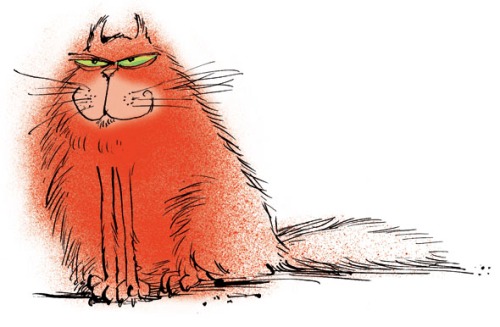
Do you take pictures or do any types of research before you start a project?
Very rarely. If an illustration requires a certain animal for example I usually reach for one of several natural history or wildlife reference books I keep. I recently completed ‘How to Slay a Werewolf’, a new book for Conran Octopus here in the UK. The story’s set in early Twentieth Century England so I had to get the clothes more or less accurate and then there was the werewolf of course, which required a fair bit of preliminary work. The internet has changed everything. In the past research usually meant repeated trips to the local library and bookshops and owning shelves groaning with reference material. Now most research is a mouse click away.
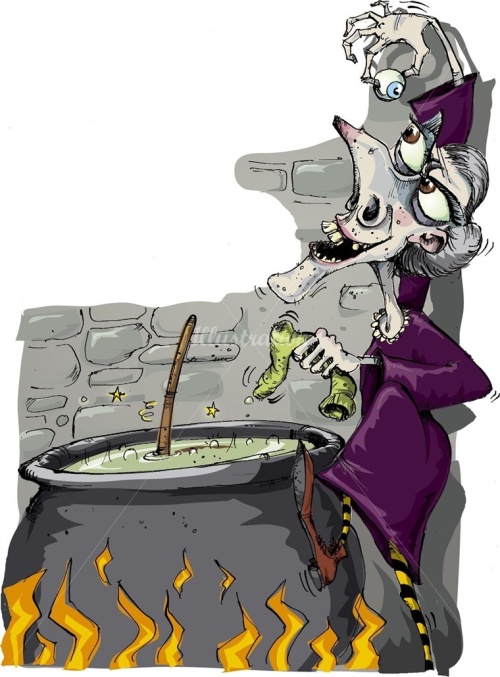
Have you done any work for educational publishers?
Yes, lots.
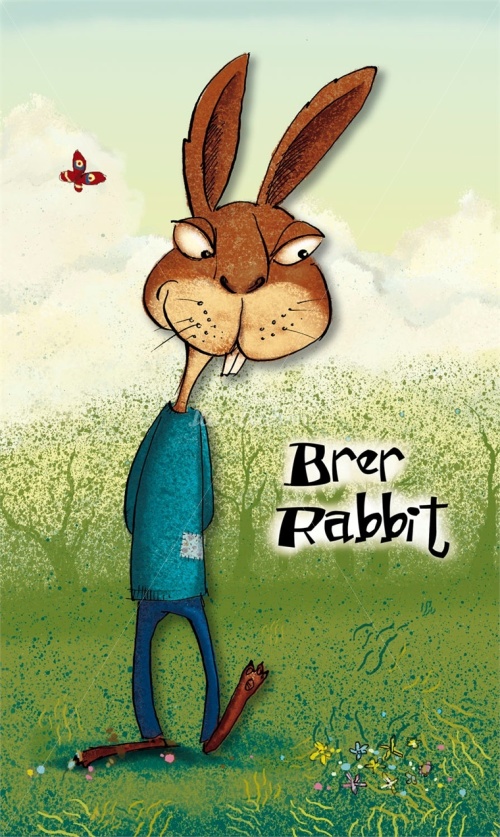
Has all your work come from European publishers?
No. I have worked on projects from around the world. My agent has seen to that. As well as most of Europe, I’ve worked for clients in the USA, Australia, Canada, South Korea and South America.
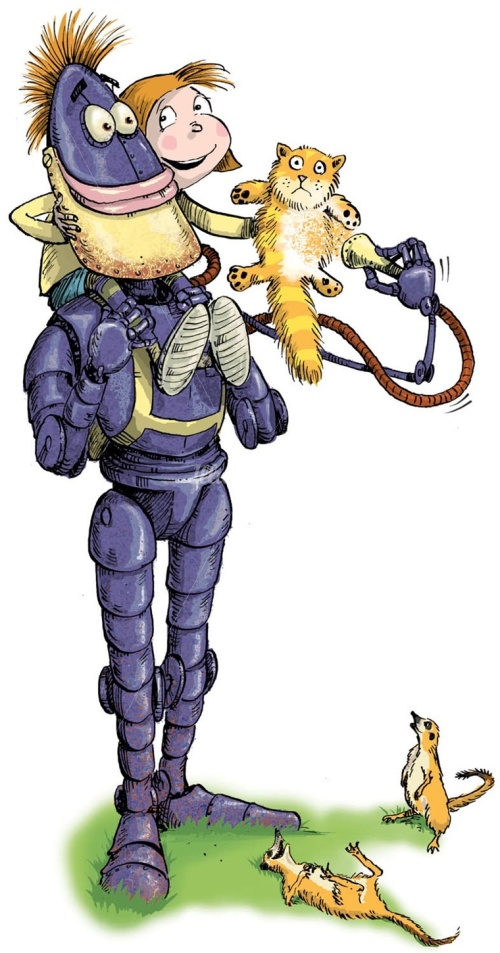
What is the one thing in your studio that you could not live without?
My bicycle, hanging on the wall.
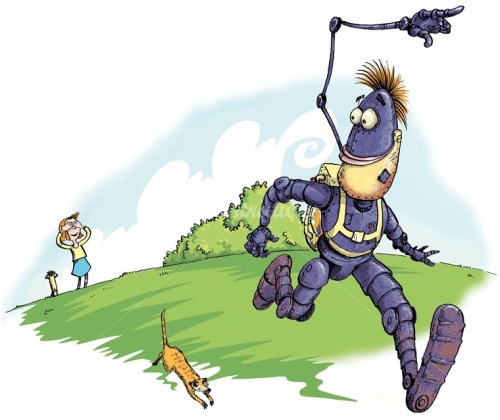
Do you try to spend a specific amount of time working on your craft?
I don’t usually need to make a conscious effort to because I’m usually busy. This was one of the reasons I was drawn to illustration in the first place. I knew if I was a working illustrator and I was getting regular work, the commissions would keep me busy – I wouldn’t have to risk being stricken too often with that dreaded lack of motivation so many artists can suffer from.
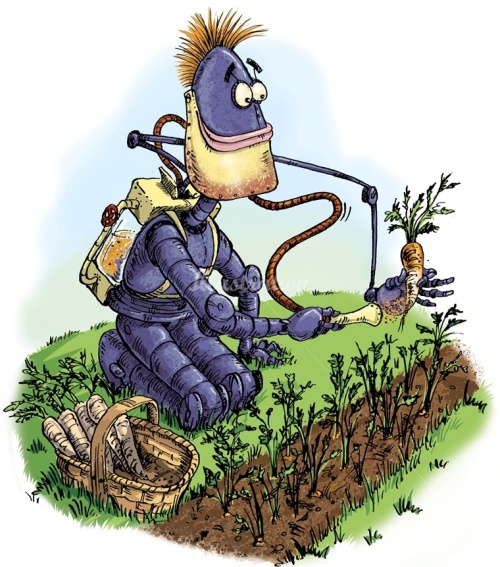
Do you think the Internet has opened doors for you?
Absolutely! Having my work on the web is like having a private art gallery in every home and office on the planet that has access to the internet.
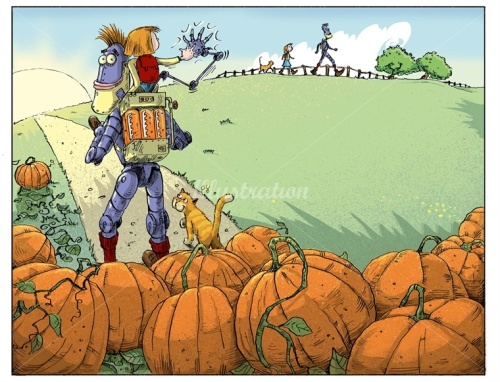
Do you use Photoshop or Corel Painter with your illustrations?
Photoshop.
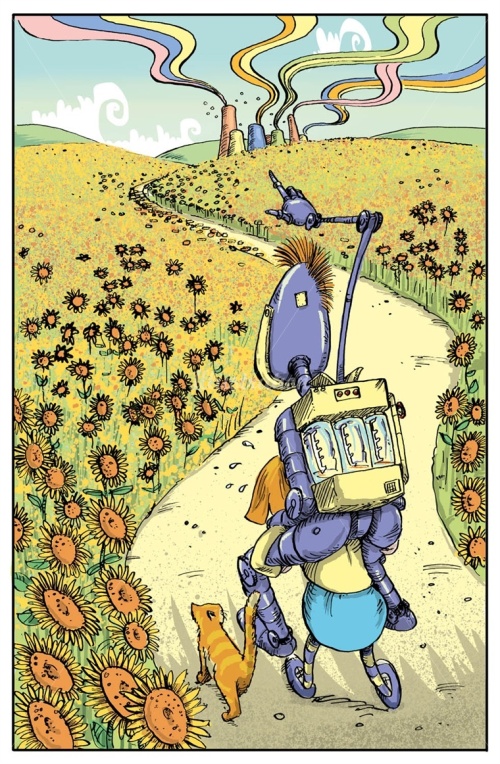 Do you own or have you used a Graphic Drawing Tablet in your illustrating?
Do you own or have you used a Graphic Drawing Tablet in your illustrating?
I couldn’t work without one. Working with a mouse is about the same as drawing with a bar of soap.
 Do you have any career dreams that you want to fulfill?
Do you have any career dreams that you want to fulfill?
One or two. I really need to write and illustrate a book.
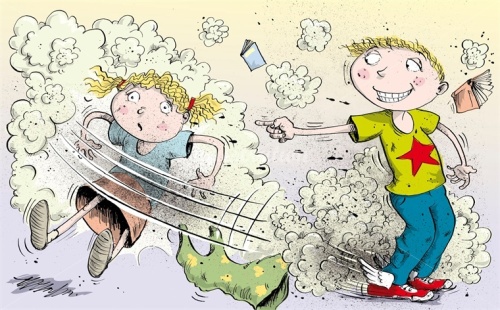
What are you working on now?
I’ve just completed the front and back cover art for a self-publishing project actually. Very imaginative. Very weird…
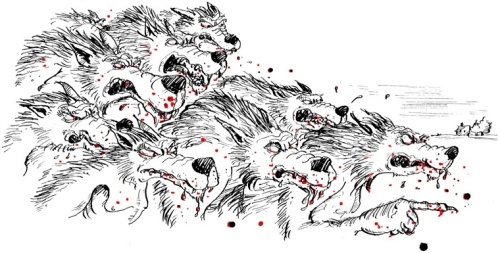 Do you have any material type tips you can share with us? Example: Paint or paper that you love – the best place to buy – a new product that you’ve tried – A how to tip, etc.
Do you have any material type tips you can share with us? Example: Paint or paper that you love – the best place to buy – a new product that you’ve tried – A how to tip, etc.
Yes: If you work digitally invest in the best and biggest display you can find. Preferably two. Don’t forget it’s your canvas. If you make your pictures on paper, remember, if you want your work to outlast you, use the best paper and media you can find.
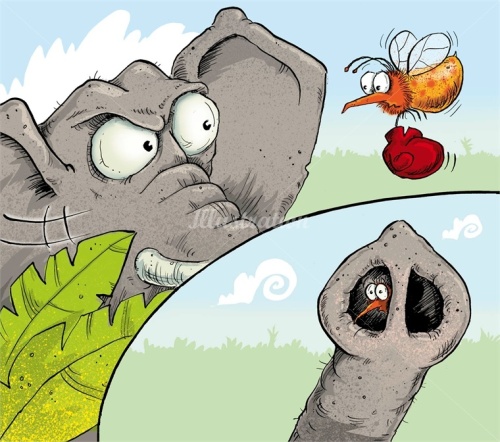
Any words of wisdom on how to become a successful writer or illustrator?
Whatever you do don’t follow fashions. Be you and keep being you.
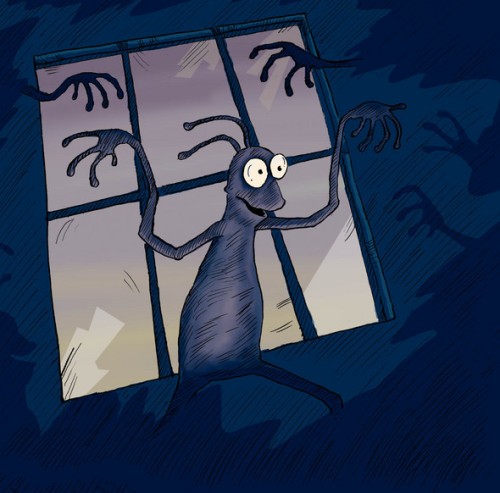
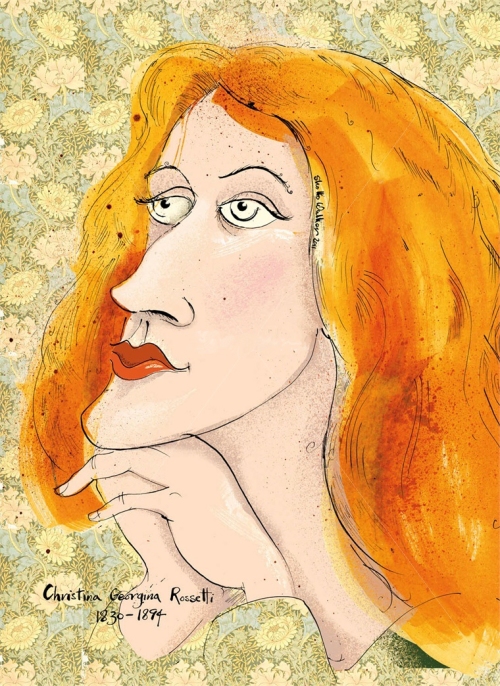
Thank you Sholta for sharing your journey and process with us. Please let us know all your future successes. We’d love to hear about them and cheer you on. You follow Sholta on Twitter @Sholtawalker
or visit his agency at: http://www.illustrationweb.us/artists/SholtoWalker/view
If you have a moment I am sure Sholta would like to read your comments. I enjoy reading them, too, even if I don’t always have time to reply. Thanks!
Talk tomorrow,
Kathy
Filed under: Advice, authors and illustrators, illustrating, Illustrator's Saturday, inspiration, Interview, picture books, Process, Tips Tagged: Cheltenham College of Art in Cheltenham, England, Ilustrationweb.com, Sholta Walker



